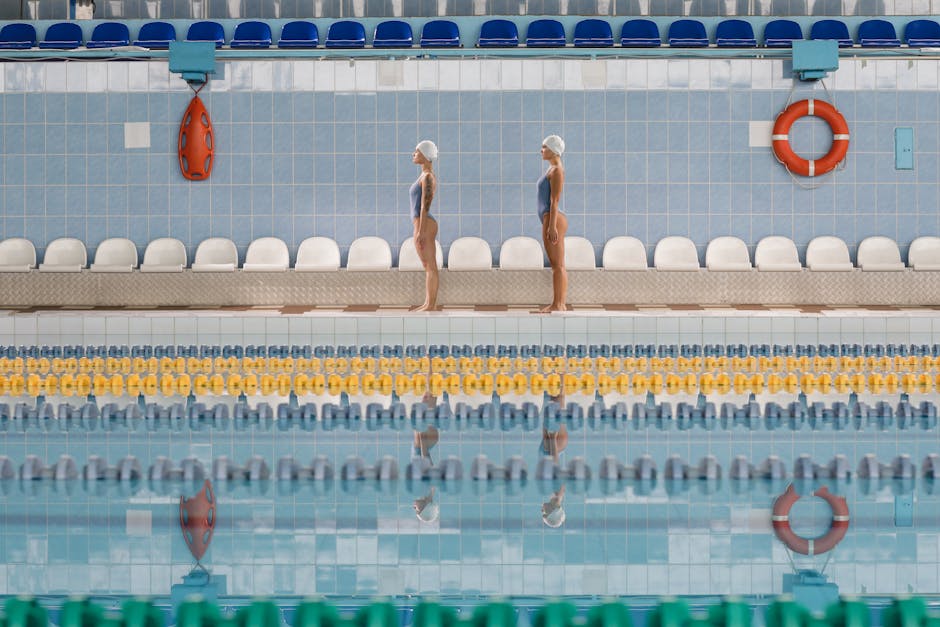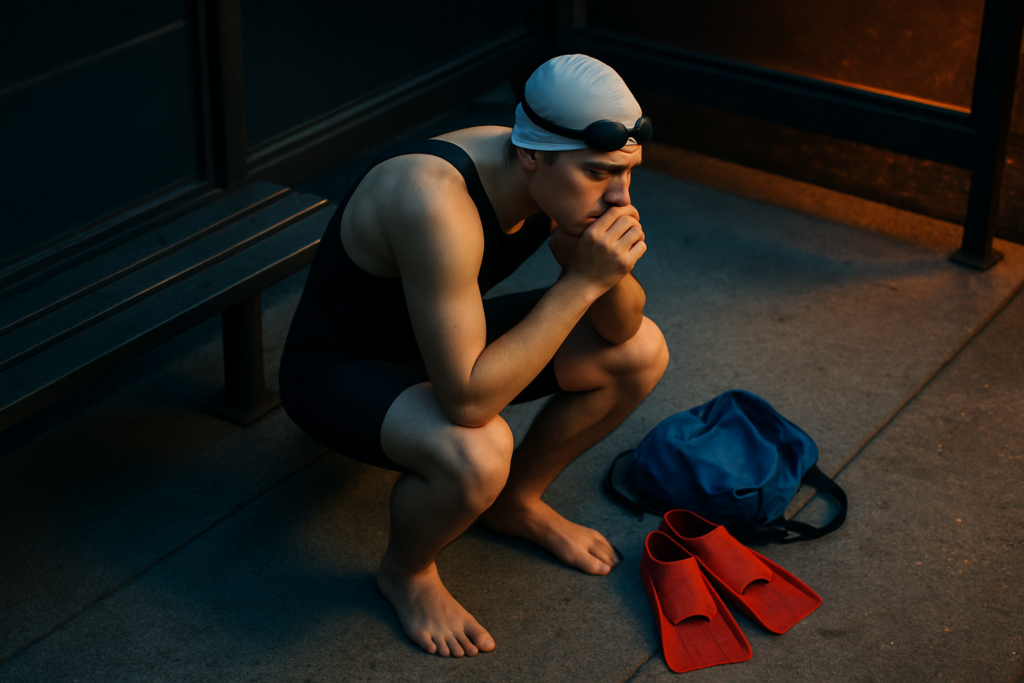Watching your child splash around in the shallow end, laughing and kicking those tiny toes, is one of those picture-perfect moments of parenthood. But at what point should those playful splashes turn into actual swimming lessons? It’s a question many parents wrestle with: when is the right time for kids to learn to swim?
Swimming isn’t just a fun milestone—it’s a vital life skill. According to the World Health Organization, drowning is one of the leading causes of accidental death in children. The good news is, starting swim lessons at the right age can dramatically reduce that risk, while also boosting confidence, coordination, and physical health.
So, When’s the Right Time?
There’s no one-size-fits-all answer, but most experts agree that the ideal window to begin formal swim instruction is around age 4. At this age, children are developmentally ready to learn basic water survival skills like floating, treading water, and moving independently through the water.
However, that doesn’t mean younger kids can’t get in on the fun. In fact, many parents begin introducing their babies to water much earlier. Programs for infants and toddlers (often labeled “parent-and-me” classes) focus more on water comfort and safety rather than formal strokes. These classes typically start as early as 6 months old.
Benefits of Early Water Exposure
Even though babies won’t be swimming laps at 10 months, early exposure to water can bring plenty of benefits:
- Water Familiarity: Early interaction reduces fear and builds confidence.
- Motor Skill Development: Splashing, kicking, and floating enhance coordination.
- Parent-Child Bonding: These classes offer a sweet bonding experience in a playful setting.
- Water Safety Awareness: They teach foundational skills like holding breath and turning to the wall, which can be crucial in emergencies.
It’s important to note, however, that early lessons don’t “drown-proof” a child. Constant supervision is always necessary around water, regardless of a child’s swim ability.
Signs Your Child Is Ready for Swim Lessons
Not sure if your little one is ready to start learning how to swim? Here are a few signs:
- Comfort in the Water: They enjoy bath time and are curious about pools.
- Ability to Follow Instructions: Around age 4, most kids can understand and follow basic safety and instructional cues.
- Physical Coordination: Basic motor skills like kicking, balancing, and arm movements become more refined at this stage.
If your child is a bit nervous around water, don’t worry. Take it slow. Positive reinforcement, play-based activities, and patience can go a long way toward easing them in.
What to Look for in Swim Lessons
Once you decide your child is ready, the next step is finding the right swim program. Here are a few key things to consider:
- Certified Instructors: Look for programs with instructors certified in mobile CPR and child swim instruction.
- Small Class Sizes: Fewer kids per class mean more individual attention and better safety.
- Focus on Safety: A good program teaches survival skills first—how to float, exit the pool, and tread water.
- Fun & Engaging: Children learn best when they’re having fun. Games, songs, and interactive play keep them excited about learning.
You might also want to consider whether you want group lessons or private instruction. Group lessons tend to be more social and affordable, while private lessons can offer a more tailored learning pace.
Safety First—Always
No matter how skilled your child becomes, supervision is key. Drowning can be silent and fast, and even confident swimmers can run into trouble. Here are some basic safety rules to keep in mind:
- Always supervise near water—even if lifeguards are present.
- Install barriers around pools at home, including fences with self-latching gates.
- Avoid distractions like phones when watching kids in the water.
- Teach kids about water rules early on—like no running near the pool and always asking before getting in.
Lifelong Confidence Starts Here
Learning to swim is about more than staying safe—it’s also about building lifelong confidence and physical wellness. Swimming improves cardiovascular health, builds strength, and boosts endurance. And let’s be honest—it’s also just pure, splashy joy.
For many families, swimming becomes a favorite shared activity—whether it’s weekend trips to the pool, beach vacations, or just backyard sprinkler fun. Getting your child comfortable and capable in the water opens the door to so many adventures.
Final Thoughts
So, when should kids learn to swim? Ideally, start introducing them to water around 6 months with parent-assisted classes, and aim to begin formal lessons by age 4. But remember: every child is different. Some kids take to the water like fish, while others may need more time and encouragement. The goal isn’t to rush but to nurture a love for water in a safe and supportive way.
With patience, practice, and play, those tiny toes will be swimming strong before you know it.


 is a seasoned fitness expert with a special focus on swimming and holistic health strategies. With years of experience as a competitive swimmer and fitness coach, Patricia offers readers a wealth of knowledge on optimizing performance and maintaining a balanced lifestyle. Her writing on Swim Fast Stay Fit reflects her commitment to empowering others with practical advice and motivational insights. Patricia’s approach integrates advanced training techniques with accessible wellness tips, aiming to help individuals achieve their personal fitness goals and enhance their overall quality of life. Through her engaging articles, Patricia inspires readers to embrace a comprehensive approach to health, combining effective exercise routines with mindful nutrition and self-care practices.
is a seasoned fitness expert with a special focus on swimming and holistic health strategies. With years of experience as a competitive swimmer and fitness coach, Patricia offers readers a wealth of knowledge on optimizing performance and maintaining a balanced lifestyle. Her writing on Swim Fast Stay Fit reflects her commitment to empowering others with practical advice and motivational insights. Patricia’s approach integrates advanced training techniques with accessible wellness tips, aiming to help individuals achieve their personal fitness goals and enhance their overall quality of life. Through her engaging articles, Patricia inspires readers to embrace a comprehensive approach to health, combining effective exercise routines with mindful nutrition and self-care practices.
